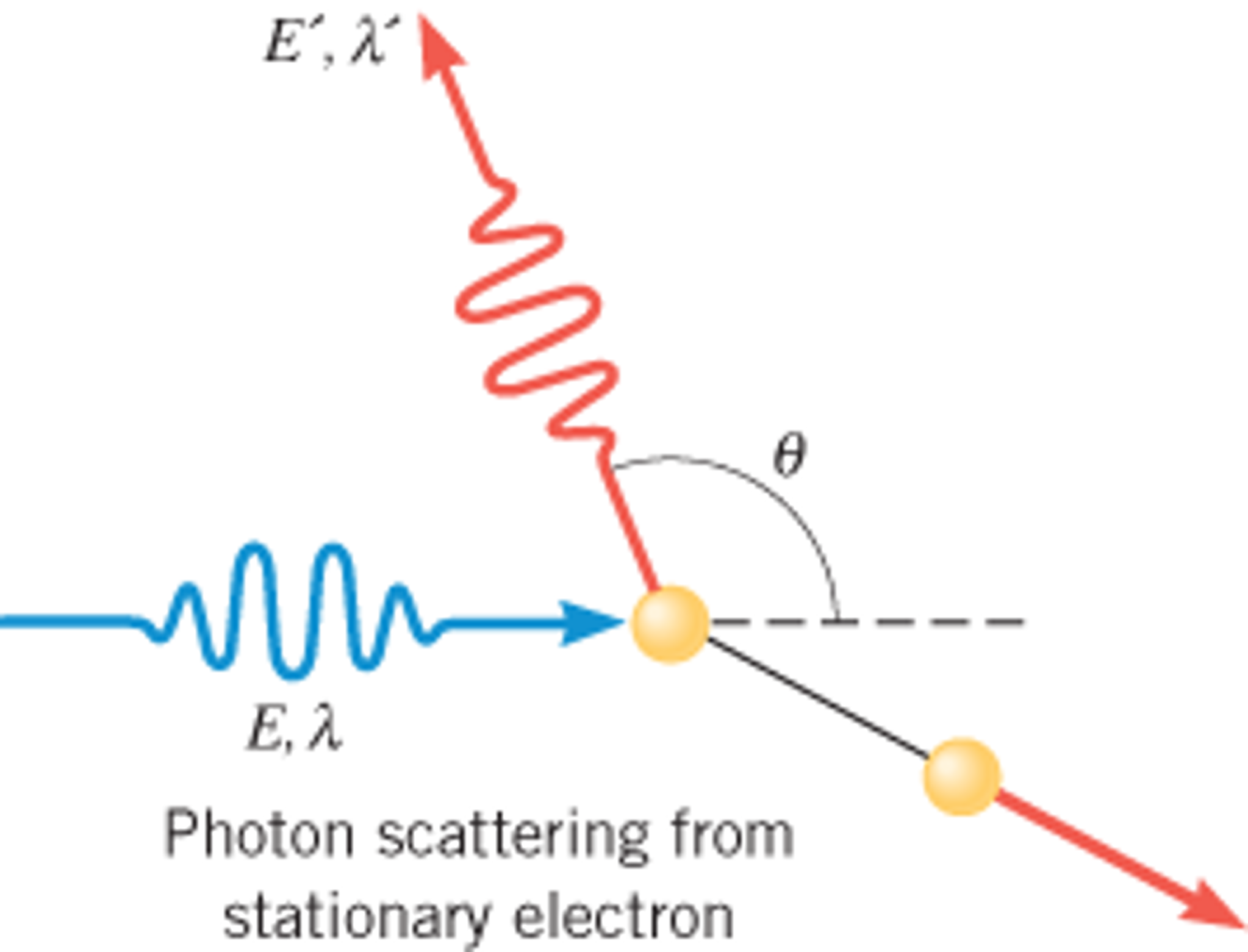
Such applications are well-served by synchrotron radiation facilities, which provide high-flux, high-brightness beams that are tunable and can be monochromatized to a high degree.

Furthermore, their spectrum, consisting of fixed-energy emission lines (depending on the choice of target material) on top of a continuum of bremsstrahlung (with a cutoff energy given by the acceleration voltage), makes them less-well suited for applications requiring energy tunability and a high degree of monochromaticity. On the other hand, their flux and brightness are limited, limiting their measurement speed and/or data quality on many types of samples. Electron-impact sources are compact with low to moderate cost, making them accessible for a wide range of X-ray applications and laboratories. There is a large performance gap between conventional, electron-impact X-ray sources and synchrotron radiation sources. This will allow transferring many research, industrial and medical applications from the synchrotron, where capacity and access are limited, to a local lab or clinic. We present application examples in the areas of imaging, diffraction, and radiotherapy where this system can approach or match the performance of synchrotron beamlines. We discuss the novel concepts applied to the design of this X-ray source as well as the resulting beam properties. The beam properties of the new design are also compatible with narrower bandwidth, focused beam applications such as high-energy diffraction. This is well-suited for micro-CT imaging of millimeter-sized samples at micron resolution, with a flux density similar to some high-energy synchrotron beamlines. It will provide X-ray flux of up to 4 x 1012 photons/s within a beam divergence of 4 mrad and a bandwidth of around 10%. Depending on configuration, this next generation CLS covers an X-ray energy range of about 30-90 keV, or 60-180 keV. Here we present a new conceptual design for an ICS source that is more than two orders of magnitude brighter than the Lyncean Compact Light Source (CLS) currently in user operation. It works by colliding a high-power laser beam with a relativistic electron beam, in which case the energy of the backscattered photons is in the X-ray (or gamma-ray) regime. An Inverse Compton Scattering (ICS) source can bridge this gap by providing a narrow-band, high-flux and tunable Xray source that fits into a laboratory. J.There is a large performance gap between conventional, electron-impact X-ray sources and synchrotron radiation sources. 16, 1950146 (2019)įabbri, L., Rogerio, R.J.B.: The Most General Propagator in Quantum Field Theory, arXiv: 2011.09366 įabbri, L., da Rocha, R.: Non-existence of rest-frame spin-eigenstate spinors in their own electrodynamics. C 79, 875 (2019)įabbri, L.: Geometry, Zitterbewegung, Quantization. C 78, 783 (2018)įabbri, L., Moulin, F., Barrau, A.: Non-trivial effects of sourceless forces for spinors: toward an Aharonov-Bohm gravitational effect?. 14, 1750037 (2017)įabbri, L.: Covariant inertial forces for spinors.

Appl Clifford Algeb(2017)įabbri, L.: Torsion gravity for dirac fields. B 718, 1519 (2013)įabbri, L.: A generally-relativistic gauge classification of the Dirac fields. Hoff da Silva, J.M., da Rocha, R.: Unfolding physics from the algebraic classification of spinor fields. Cambridge University Press, Cambridge (2001)Ĭavalcanti, R.T.: Classification of singular spinor fields and other mass dimension one fermions.

Lounesto, P.: Clifford Algebras and Spinors. Princeton University Press, Princeton (2014) Streater, R.F., Wightman, A.S.: PCT, Spin and Statistics, and All That. Peskin, M.E., Schroeder, D.V.: An introduction to quantum field theory.


 0 kommentar(er)
0 kommentar(er)
